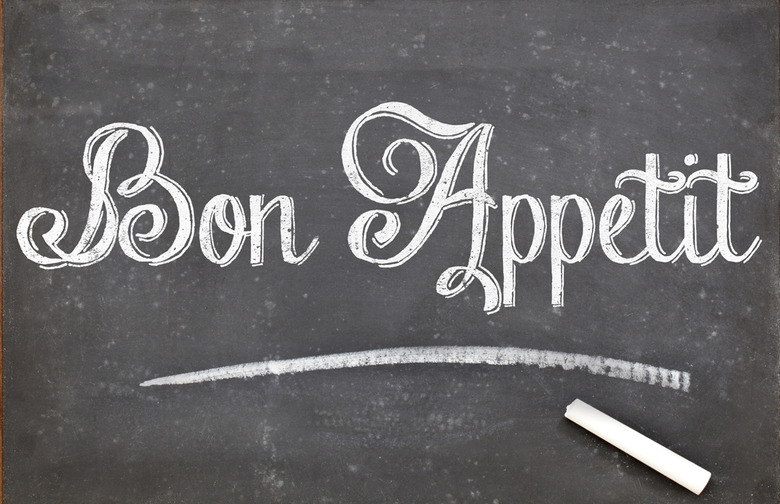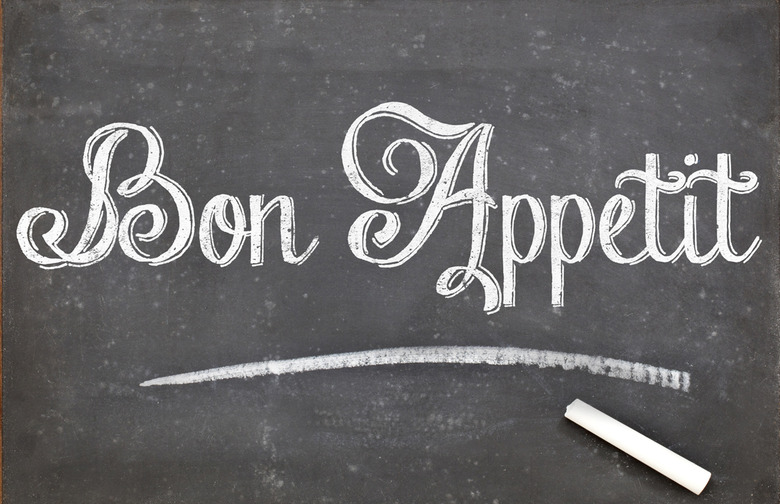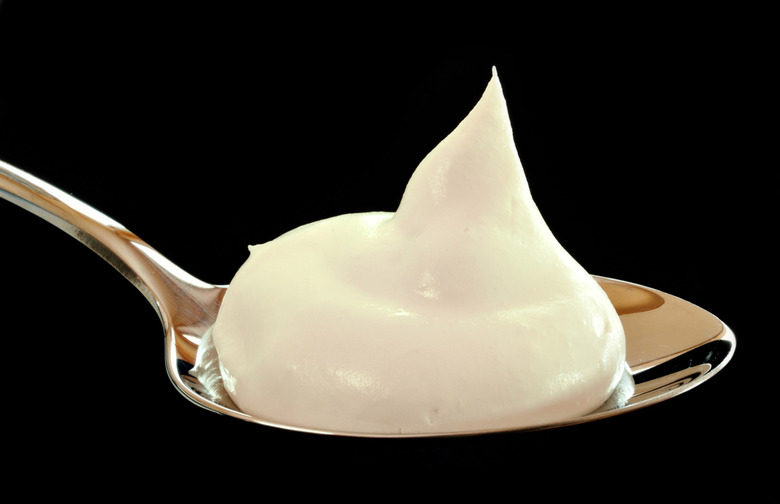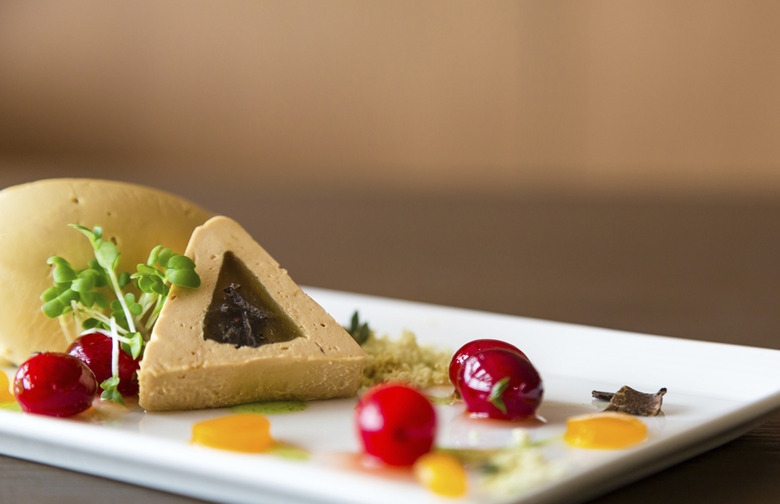What's A Maître D'? And 9 Other Fancy Restaurant Terms, Explained
Dining at a fancy restaurant, especially a French one, can be a rather confusing endeavor for those of us that don't speak the language. Just making your way through the menu can be a challenge! To make your gourmet dining experience stress-free, we've rounded up ten of the most confusing terms that you're likely to encounter at a fancy restaurant.
À La Carte
Translation: "According to the menu."
To order a dish à la carte means to order it separately from the other menu items. At most restaurants every menu item is à la carte, but if the menu is set (prix-fixe), ordering a separate item that's not included means ordering it à la carte. In other words, you'll need to pay extra for it. Additionally, if you want, for example, a piece of chicken without the vegetables and potatoes that it comes with on the menu, you should order the chicken à la carte. Some upscale restaurants offer set menus, or tasting menus, as well as à la carte options so you can make your own combinations.
Amuse-Bouche
Translation: "Mouth-amuser."
You know you're in for a high-end meal when a complimentary amuse-bouche arrives shortly after you sit down. This is traditionally a very small course — just one or two bites — that the chef sends to the table. It's a way for the chef to express his or her philosophy on food and to give diners a glimpse of the meal that they're about to experience. While it literally translates as something with which to amuse the mouth, the gesture is more about a warm welcome and way to wake up diners' tastebuds.
Bon Appétit!
Translation: "Good appetite!"
Like telling guests to "dig in!" or "enjoy!" after their food is served, Bon appétit simply signals to diners that it's time to start eating.
Crème Fraîche
Translation: "Fresh cream."
Like sour cream and yogurt, crème fraîche is cream that's been soured and thickened with bacterial culture. It's less sour, thinner, and higher in fat than traditional sour cream, however, and lends a smooth and creamy texture to both savory and sweet dishes. It adds a velvety note to soups, for example, and is also served cold alongside fruit and powdered sugar as a dessert.
Foie Gras
Translation: "Fat liver."
Foie gras is the liver of a goose or duck that's been specially fattened via force-feeding. It's rich and buttery when seared, and also shines as a mousse or pâté. The force-feeding has turned it into one of the most controversial foods in existence, but it's something that everybody should try at least once.
Hors d’Oeuvres
Translation: "Apart from the [main] work."
These small starter dishes are intended to be eaten by hand. They're usually passed around during the hour before dinner or during a cocktail party. A canapé (which translates to "couch") is a popular style of hors d'oeuvre: it's thinly-sliced bread (the couch) topped with anything from smoked salmon to foie gras.
Maître d'Hôtel
Translation: "Master of Hotel"
The maître d'hôtel (usually shortened to maître d') is what you might also refer to as the "front of house manager." They manage the public part (as opposed to the kitchen, or "back of house") of a restaurant, and are generally responsible for welcoming guests and assigning them tables, supervising the wait staff, taking reservations, and making sure that guests are happy. In other words, the maître d' is the person you'll want to make friends with if you're planning on becoming a regular.
Petits Fours
Translation: "Small ovens."
Petits fours, also occasionally called mignardises, are assorted small desserts that are usually served on a platter to the entire table at the end of a meal. They range from tiny fondant-covered cakes to small éclairs and tartlets, puff pastries, macarons, and even mini-Napoleons. Many French bakeries also sell them à la carte. They get their name from the small oven next to the main oven that they were baked in during the 1700s.
Prix-Fixe
Translation: "Fixed price."
Also called a set menu, a prix-fixe is a multi-course menu that costs a set price. The menu is often set in stone, but in some cases guests may choose between a handful of appetizers, entrees, and desserts.
Quenelle
Translation: "Dumpling" (from the German knödel)
The term quenelle has been turning up on many menus recently. In its strictest definition, it's a Lyonnaise dish in which creamed fish or meat (usually pike) is formed into a football shaped dumpling, which is then poached, broiled, and served in a cream sauce. While true quenelles are only found on the menu at the highest-end French restaurants, you'll see the term applied to other foods — especially ice cream, sorbet, and mashed potatoes — when served in a similar shape.
